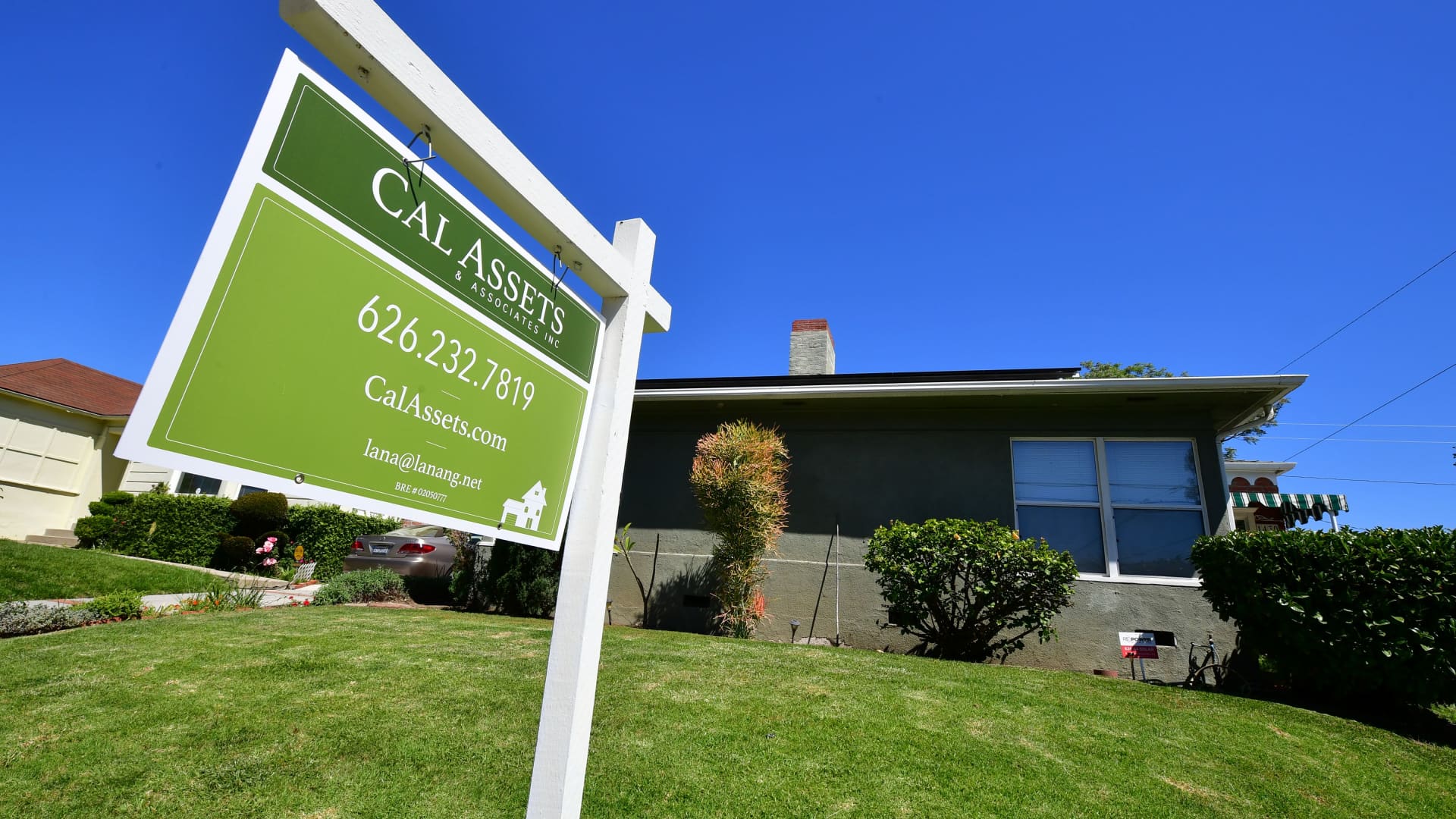Mortgage demand continued to crumble last week, as mortgage rates climbed to their highest level since 2010. Total application volume fell 5% last week compared with the previous week and was nearly half of what it was one year ago, according to the Mortgage Bankers Association’s seasonally adjusted index.
The average contract interest rate for 30-year fixed-rate mortgages with conforming loan balances ($647,200 or less) increased to 5.20% last week from 5.13%, with points rising to 0.66 from 0.63 (including the origination fee) for loans with a 20% down payment. One year ago, the rate was exactly 200 basis points lower at 3.20%.
“Ongoing concerns about rapid inflation and tighter U.S. monetary policy continued to push Treasury yields higher, driving mortgage rates to their highest level in over a decade. Rates increased across the board for all loan types,” said Joel Kan, MBA’s associate vice president of economic and industry forecasting.
With rates now rising quickly after a prolonged period of hitting record lows, very few borrowers are now able to benefit from a refinance. That demand therefore fell another 8% for the week and was 68% lower than the same week one year ago. It marks six straight weeks of declines in refinancing. The refinance share of mortgage activity decreased to 35.7% of total applications from 37.1% the previous week.
Mortgage applications to purchase a home fell 3% for the week and were 14% lower than the same week one year ago. That annual decline is now beginning to grow, as housing becomes even more pricey.
“In a housing market facing affordability challenges and low inventory, higher rates are causing a pullback or delay in home purchase demand as well. Home purchase activity has been volatile in recent weeks and has yet to see the typical pickup for this time of the year,” added Kan.
Buyers hanging in the market are turning more to adjustable-rate mortgages now, which carry a lower interest rate but had been shunned as too risky following the last housing crash. The ARM share of applications reached 8.5% last week, its highest level since 2019. ARMs can be fixed rate for terms such as seven or 10 years, and are now underwritten much more carefully than they once were.
Mortgage rates continued to climb this week, as Treasury yields rose. Higher rates now appear to be hitting the nation’s homebuilders. A report Tuesday from the U.S. Census showed a drop in building permits for single-family homes. These are an indicator of future construction. Builders also reported they are now seeing much slower buyer traffic in their model homes, likely due to rising mortgage rates.
